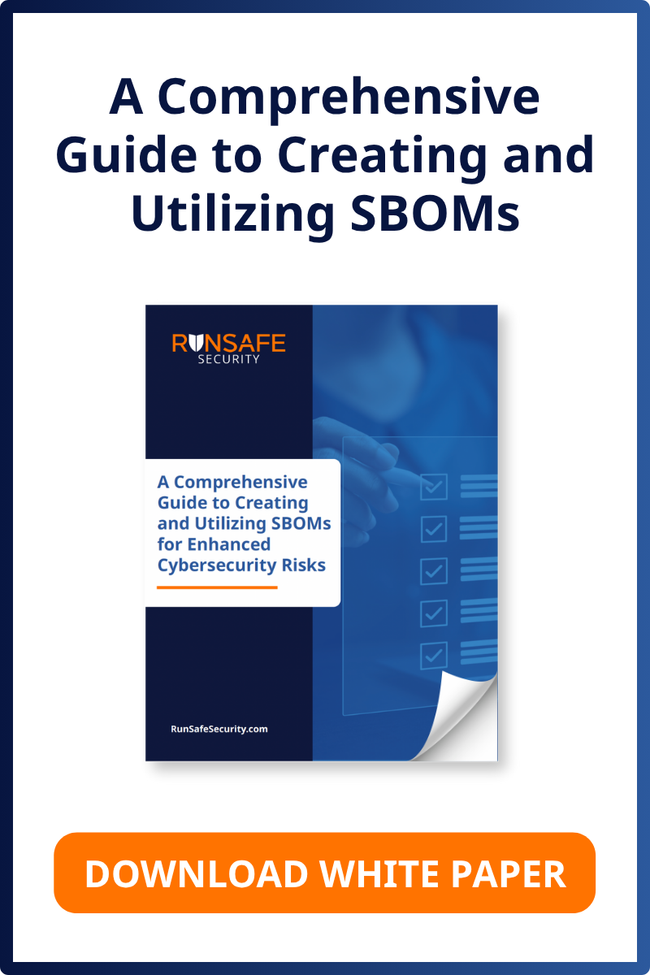We know it, you know it, your next door neighbor knows it. Ransomware is a serious threat that is growing at uncontrollable rates. Every 11 seconds, a new organization falls victim to a ransomware attack. And by the end of this year, the cost of ransomware to businesses is expected to surpass $20 billion.
Just last year, CWT Global set a world record for the largest ransom ever paid by surrendering $4.5 million in bitcoin to the Ragnar Locker ransomware gang. More recently, Colonial Pipeline comes in second, with paying $4.4 million to their attackers in May of 2021.
Consumers are seeing the effects of these attacks play into their daily lives, as the Colonial Pipeline incident caused a week-long disruption to the East Coast’s gasoline supply.
This won’t be an uncommon occurrence. What’s coming next? Jackware.
There is a rapidly-growing risk of “jackware”, a type of ransomware that takes over the physical devices and machines that we use in our modern, everyday lives. And as hard as it may be to imagine, this new breed of ransomware could be 10 times more dangerous than the current threat of ransomware we face today.
How Jackware Disrupts Embedded Devices
Malware hijacks computers. But in today’s world, there are tiny computers placed into every type of machine and device that the general public uses, both personally and professionally, adding connectivity and “smart” features to our everyday technologies. These are called “embedded devices.”
They may be tiny, but their role in critical infrastructure is massive. Embedded devices are the drivers behind the operating systems for cars, health care, corporate enterprises, mass transit, home life, and much more. Since they function similarly to traditional computers, they’re just as vulnerable to malware attacks—known as the infamous jackware.
The part about jackware that makes it so devastating? It has direct, physical effects and consequences when placed into action. The cyber threat has the ability to completely shut down embedded devices, putting larger physical systems (that we heavily rely on) to a complete and immediate halt. The supply chain disruption we’ve recently experienced due to ransomware is just the beginning—permanent damage to our operating systems, our wellbeing, and disruptions in essential services are all on the line.
The Journey of Jackware isn’t Just Beginning
There are a vast number of ways that this type of cyber threat can disrupt our lives, and it’s actually been happening for several years. For example, jackware can literally stop cars in their tracks by hijacking their operating systems and accessing their brakes, or do this with the planes, trains, and the subway you take to work. This story is written by the person who was driving a hijacked car in 2015.
Ukraine experienced an attack on their power grid a few years ago through a physical malware attack. This undeniably has far-reaching effects, but even small substation attacks within the industry’s facilities could trigger a fire or explosion, causing danger in multiple ways.
An attacker could infiltrate the operating system for medical devices in a hospital, putting patients’ lives at risk. It’s known that between 10-15 connected devices are at each hospital bed. Pacemakers, insulin pumps, and drug infusion pumps are some of the most susceptible devices to attack.
In 2011, an attacker named Jay Radcliffe hacked his own implantable insulin pump to demonstrate the ease of doing so. He found it was a simple task to take over control and deliver a lethal dose to a patient. Later, Radcliffe discovered the same ease in delivering a lethal electric shock through a hacked pacemaker. Same story goes for drug infusion pumps and delivering fatal doses to patients.
Moral of the story—the danger of this type of ransomware is insurmountable and, unfortunately, at large.
A Proactive Approach We All Need to Implement
This blog isn’t all bad news, though. We have to understand the true volume of the problem to deliver the best solution. We’d like to introduce you to RunSafe’s Alkemist technology.
It’s more important than ever to move to a proactive approach rather than a reactive one. Manufacturers are continuously looking for ways of manufacturing devices with security already built-in to defend against threats such as jackware.
Alkemist rapidly immunizes the software within embedded devices without changing source code. This immediately reduces the IoT (Internet of Things) attack surface (which, by the way, holds the title for the greatest attack surface expansion our world has seen) without depending on lengthy patching timelines for when an attack occurs.
For new embedded device creation, the Alkemist cyber immunization technology is directly embedded into the build process with native Yocto and embedded Linux implementations, reducing zero-day vulnerabilities and protecting manufacturers from liability in the case of a successful jackware attack.
The advantages of this type of protection include:
- Immediately protect existing devices
- Deploy remotely at scale
- Native Yocto toolchain integration
- Easily deployed
- Zero runtime penalty, minimal footprint
It’s the solution we’ve needed for years, and it’s finally time to put it to work. Today’s attackers aren’t in the mood to wait. To see how the technology works in action, schedule a free trial of RunSafe’s Alkemist today.




